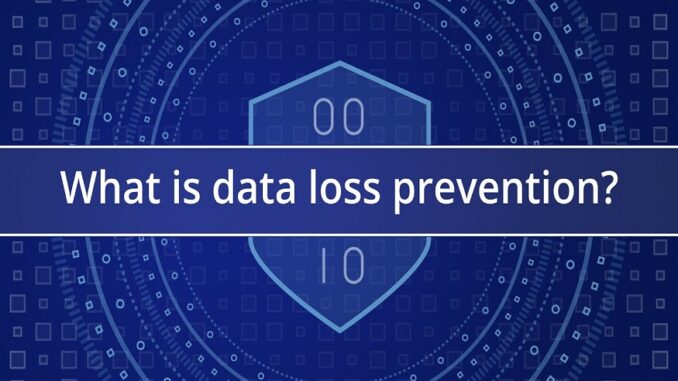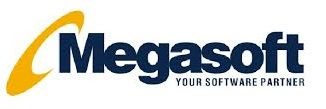
With the rise of cyber threats and increased dependence on digital data, companies want to minimize the risks of data breaches and loss of sensitive information.
Here are the most common risks and threats that lead to data loss:
Human Error
One of the most widespread causes of data loss is human error. Employees may accidentally delete or misplace files, send sensitive information to the wrong person, or forget to secure their devices, leading to unauthorized access. According to a survey, 27% of data breaches were due to human error, making it one of the leading causes of data loss.
The most effective way to prevent human error is through education and training. Employees should be trained on data security policies and procedures, including best practices for handling sensitive information. Regular security awareness training can help workers recognize the risks associated with their actions and reduce the likelihood of human error. Companies should also implement data loss prevention policies and procedures for data backup, recovery, and disaster response to mitigate the risks of data loss due to human error.
Insider Threats
Insider threats are another significant cause of data loss. Insiders, whether employees or contractors, may intentionally or unintentionally misuse sensitive information, leading to data breaches or loss. Insider threats may include data theft for financial gain, espionage, or sabotage. Insider threats can be challenging to detect since they often have authorized access to data and systems, making it easier for them to circumvent security measures.
To prevent insider threats, companies should implement a comprehensive security program that includes regular employee background checks, access controls, and monitoring of employee behavior. Companies can also implement data loss prevention solutions that detect and prevent the prohibited transmission of sensitive data by insiders. Additionally, companies should have clear policies for reporting and investigating suspicious activities by insiders.
Cyberattacks
Cyberattacks are becoming increasingly common and sophisticated, with attackers constantly evolving their tactics to bypass security measures. Cyberattacks can take many forms, including malware, phishing, ransomware, and denial-of-service (DoS) attacks. These attacks can result in the loss or theft of sensitive information, downtime, and financial losses.
Companies should implement robust security measures to prevent cyberattacks, including firewalls, intrusion detection and prevention systems, and regular vulnerability assessments. Companies should also keep their software and systems up-to-date with the latest security patches and implement strong password policies. Employees should also be trained to recognize and report cyber threats to minimize the risk of successful attacks.
Cloud Computing
The widespread adoption of cloud computing has created new risks for data loss. Cloud computing offers many perks, including scalability, flexibility, and cost savings but it also brings new security challenges. Companies that use cloud services must trust their data to third-party providers, which can create risks such as data breaches, data loss, and unauthorized access.
To minimize the risks of data loss in the cloud, companies should carefully select their cloud service providers and ensure that they have robust security measures. Companies should perform due diligence on potential providers, including reviewing their security policies and procedures, certifications, and compliance with regulations. Companies should also ensure their data is encrypted in transit and at rest and implement strong access controls and tracking to prevent unauthorized access.
Mobile Devices
The widespread use of mobile devices in the workplace has created new risks for data loss. Mobile devices, including smartphones and tablets, can easily be lost or stolen, leading to the loss of sensitive information. Additionally, mobile devices may not have the same security features as desktop computers, making them more vulnerable to attacks.
To minimize the risks of data loss on mobile devices, companies should implement mobile device management (MDM) solutions. MDM solutions can help companies enforce security policies and controls on mobile devices, including remote wipe capabilities in case a device is lost or stolen. Companies should also implement strong password policies and provide training for employees on how to secure their mobile devices.
Social Engineering
Social engineering is a tactic cybercriminals use to trick individuals into revealing critical information or performing actions that may compromise security. Social engineering techniques may include phishing emails, pretexting, baiting, or tailgating. The goal is to manipulate people into providing sensitive information or access to systems and networks.
To prevent social engineering attacks, companies should provide employees with regular security awareness training that covers these tactics. Employees should be equipped to recognize suspicious emails, messages, or phone calls and to report them to the security team. Companies should also implement technical controls such as email and web filtering to prevent employees from accessing malicious sites or opening malicious attachments.
Malware
Malware is malicious software meant to damage, disrupt, or gain unauthorized access to a system or network. Malware may include viruses, worms, trojans, or ransomware and can spread through email attachments, infected websites, or software vulnerabilities.
Companies should implement antivirus software to prevent malware attacks and keep it up-to-date. Companies should also keep their software and systems up-to-date with the latest security patches and implement a software restriction policy that limits the execution of unknown software. Employees should also be trained on how to recognize and report malware infections.
Physical Threats
Physical threats may include theft or destruction of hardware, devices, or documents. Physical threats include environmental factors such as fires, floods, or power outages. Physical threats can result in data loss, downtime, or even the inability to recover data.
Companies should implement physical security controls such as alarms, access controls, and security cameras to prevent physical threats. Companies should also back up data regularly and store backups offsite to protect against physical threats. Additionally, companies should have a disaster recovery plan to ensure operation in case of a physical threat.
Conclusion
Data loss prevention is essential for organizations to protect their sensitive information from loss or theft. To minimize data loss risks, companies should implement a comprehensive security program that includes employee education and training, access controls, monitoring, and data loss prevention solutions. By taking these steps, companies can reduce the likelihood of data loss and protect their sensitive information.

Leave a Reply
You must be logged in to post a comment.